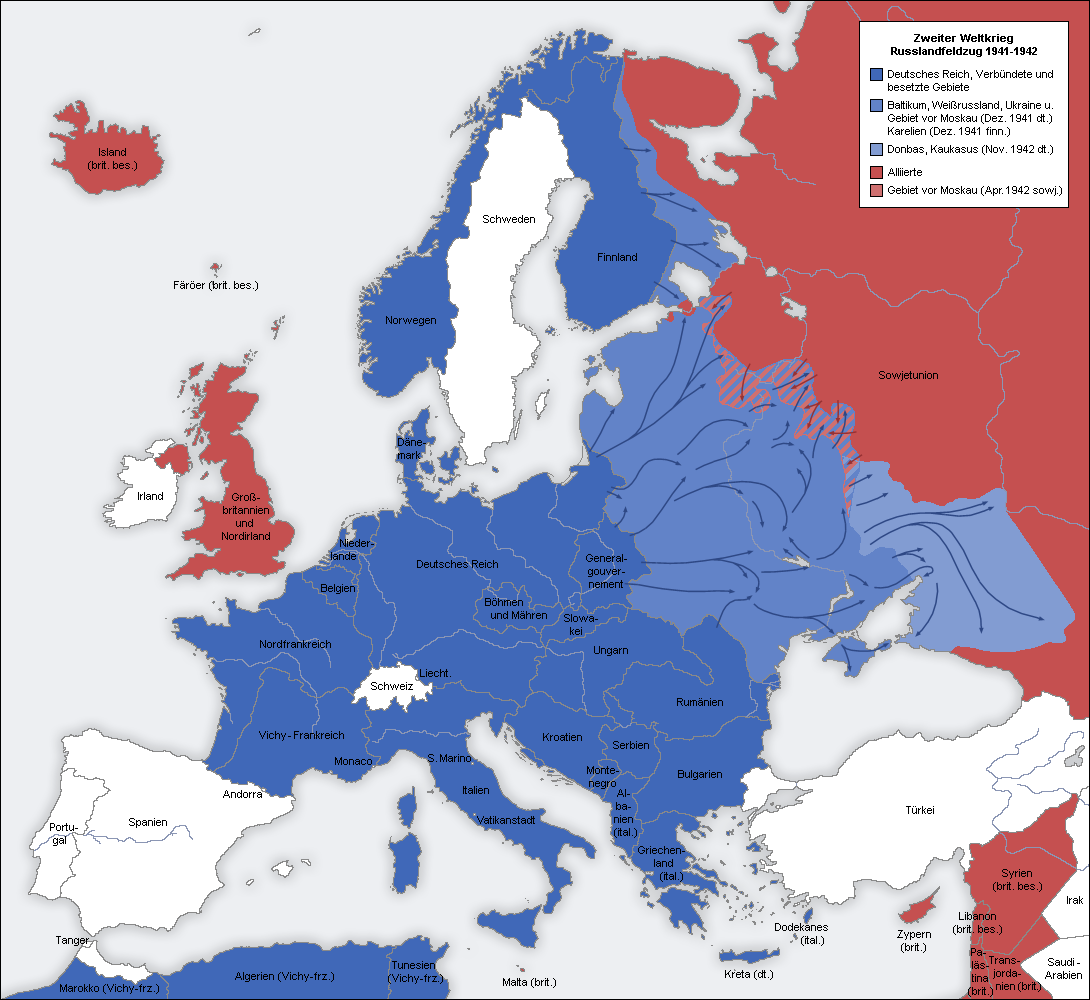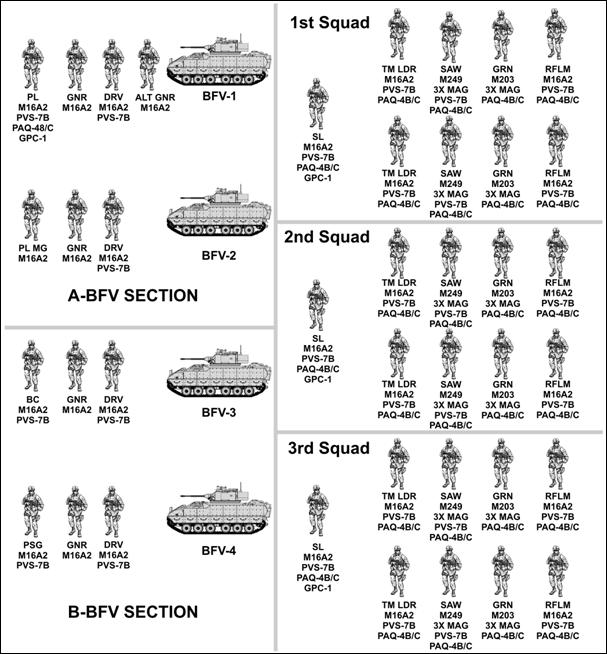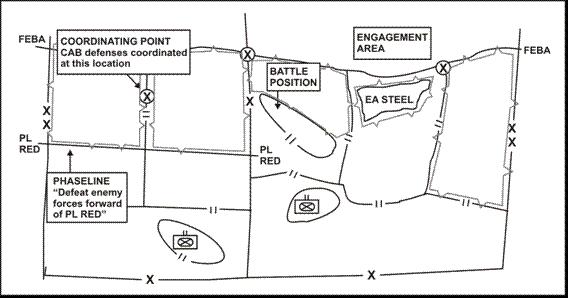What you are describing is the exact the work of human tactics....
Here is the post my hubby wrote about Unit Tactics and Human Wave attacks.
Small Unit Tactics (SUT)
........................................................................................................................................................................................................
Well, my wife ask me to come out of retirement, just once to explain the different between Small Unit Tactics and Human Wave attacks.
If you have been following the post
Do Russian Tanks Suck?
There is a discussion between Small Unit Tactics and Human Wave Tactics going on the Battle of Stalingrad. My wife want me to come out and explained the two.
What is Small Unit Tactics??
In the US Army Infantry Doctrine, small unit tactics is the building block of the US Army Combined Arms tactics. Where a bigger Army unit would split into smaller unit and use them to combine inter-service unit (Such as Infantry + Armor) or (Armor + Assault Chopper) to maximize the battle effectiveness.
To under stand SUT, you must understand the formation of a military unit. (Photo courtesy from the US Army Doctrine Manual)
The left(Your) is a standard Calvary Platoon of 4 Bradley and the Right(Your) is a standard Infantry Platoon minus the command element.
For an infantry platoon, it is split into 4 element, 1st Squad, 2nd Squad, 3rd Squad and Command Post. Where each squad are also split into 2 fire teams. Now, the reason I chose this image out of possibly 20 is because it demonstrate well how you can see an inter-support section is formed, 1 BFV (Bradley Fighting Vehicle) section supporting 3 fire teams.
Now, let's look at the infantry platoon commander point of view. If you are focus with a single fire team, you would have 8 teams in a platoon, it would give you a maximum movement (Technically you would cover more ground to split it 8 ways) but it also mean you stretch out your support. You will get a maximum support when you don't split your team, but then your coverage will be significantly lower, as you move as one cohesion unit.
So the balance is to split into 3 fire teams and using this fire teams you can go up with 2 fire team each with 2 BFV section supporting while 1 squad left in reserve, or you can split your asset three way and roam around with your Cavalry in a 3-2 split (Cavalryman called it free-balling) Basically is a game of cups, you try to cover 3 cups with 2 lid as quickly as possible.
Command structure
So, what happened if you split your platoon in 3? You got 3 different and separate command. Which 3 squad operate independently to each other, while the overall commander can deploy them as will according to the AO (Which will explain later) situation, you also get a dynamic response from the 3 teams if you separate them.
They can either occupied 3 different defensive position to lay out an inter-related and mutually supported defense area, or you can try and you can, of course, consolidate the area and use all 3 teams in one location.
But how does it works?
The above image outline platoon level tactics, a "Stepwise-Refinement" method was used to determined the action you, as a platoon leader, would take during contacts. Basically is a spill or fill situation.
When your platoon initiate contact with the enemy, you, as a platoon leader need to judge the situation, as you are split into 3, unless you have encountered a superior enemy force (like a battalion level) or you fail to deploy your squad according to the terrain, which is another topic in advance unit tactics which I will not cover here. In this case, let's say you match an evenly matched enemy.
You would always have 1 unit (squad) take fire from the incoming contact. the split, will then allow you to judge, you have the ability to access the situation and move your unit accordingly (like the way it does in figure 4.2)
However, if you move as a single cohesion unit, you will then be striped away of that opportunity and would only face two option, either commit all your asset and try to hold out or call for relief attack, or beat back where you came from.
Warfighting function
(Sorry for the cut out as I don't know why the army site do not allow a direct hyperlink of this figure)
Warfighting function is the inherent of small unit tactics, it give a leader information to process a order and executing the order with a defined level of requirement. Using the example of Figure 4.2. we can see that the platoon leader make the decision according to warfighting functions.
Step 1. The platoon react to contacts.
Step 2. The platoon identified and located the enemy (Intelligence)
Step 3. The platoon determine can the squad in contact suppress the enemy?
Decision 1 : If it can, can the squad maneuver? (Movement and Maneuver)
Decision 2 : If it cannot, send another squad to support the first squad (Fire support), then go back to decision 1
Decision 1.1 : If the squad can maneuver, either use 1 squad to lay supporting fire and use 2 squad assault.
or, if you had send two squad to support the first contact (a No in original decision 1) then uses 1 squad to assault while 2 squad lay down base of fire (Command and Control)
Decision 2.1 : If the squad cannot maneuver, then reports and wait for reinforcement (Sustainment)
Step 4 : Platoon succeed in assaulting the position, consolidate for defense (Protection)
Area of Operation
Area of Operation dictate the tactics commander used in all level. However, for a success defensive and offensive operation, Area of operation is also important for the overall picture, as your AO would affect the outcome of others or the others AO outcome will affect yours. (well, think about it, if you lost the offensive or cannot hold the line, the enemy will spill over to other AO). Hence when you organize your tactics, you need to consider your AO as a separate pieces of area, but also one giant area as a whole.
What SUT do to your AO is, in defensive battle, you can pick any advantage spots/ vantages point and defend them accordingly. Which will lay out an interlocking and mutually supported defense, which give a "force multiplying" factors. You can do so with single cohesion tactics too, but the different between SUT and SCT is that when using SUT, you can also dynamically manage your AO, as you don't control just one large sector, instead, 3 of your squad leader command 3 different sector, and they can exploit any enemy error and retreat and regroup as the seems fits. All at an instance.
In offensive battle, this is where SUT and SCT part ways. Using SUT, you can organize your attack organically, we commander like to use the word "Organic" because they give you an edge of knowing more of your battlefield with more info/intel flow in, if you failed in one part of the line, you simply regroup and probe another part while the other 2 parts goes on, where as for SCT, you are probing the line in just one spot, and every decision you made is base around that single cohesive unit. you restart every time you hit slack.
That's the main different between Small Unit Tactics and Single unit Tactics
So, what is the different between small unit tactics and human wave tactics??
The two is a 2 different concept in 2 different level, while small unit tactics is the keystone of combined arms, small unit tactics is also heavily utilized in human wave tactics too. A large unit (i.e. Regiments and Divisions) can break into small unit and work their way to the assembly point for a Human Wave assault, equally they can march loud and noisy as a whole to the assembly area. In 21 century warfare, large unit usually cannot march in a single cohesion unit unless air and ground supremacy have been developed or time and again, air interdiction is a very good way to break up a large unit, hence, if you don't have air superiority and you don't want to march in small unit, your enemy will do it for you.
Human wave tactics involved a large amount of small unit tactics, in Vietnam war, the Vietcong expertly uses small unit tactics to infiltrate larger US?ARVN defense and launch strike time and again, the infamous Ho Chi Ming trail is the epicenter of the VC/NVA small unit tactics junctions. The mastery of Small Unit Tactics also contribute to numerous siege to US Firebases in and around South Vietnam. Tunneling, for example, is an example of mastery of SUT with VC/NVA AO we talked about some paragraph ago.
The level between SUT and Human Wave is different. Human wave attack should be equal and compare to Combine arms tactics. When on one side, you get a zero support frontal charge while the other one uses strategic and tactical depth to engage one's enemy.
Hence, what make of Battle of Stalingrad??
Stalingrad is a sort of Human Wave attack. When you apply the warfighting function to Battle of Stalingrad, you would see most of the mini-battle are only fulfilling the protection and movement requirement. When you talk about the goal of defending Stalingrad, they are absents. Partly because of poor commanding and poor intelligence and partly because of the inability to raise a proper defense.
Indeed SUT exist in Stalingrad, the key and goal of such tactics is lacking. The point for SUT is to organize your attack/defense dynamically, or as we commander used to said "Organic", rather what the Russia doing is to feed the German in piecemeal albeit with Small unit tactics.
Copyright US Military Achieve (Figure), @
jhungary (Passage)
Well, this is a one off lesson, I am out of here again, I will not reply to any question. Thanks for your time
........................................................................................................................................................................................................
The way Russia fed those troop under central command to keep occupying the defensive dug out is itself a human tactics.








